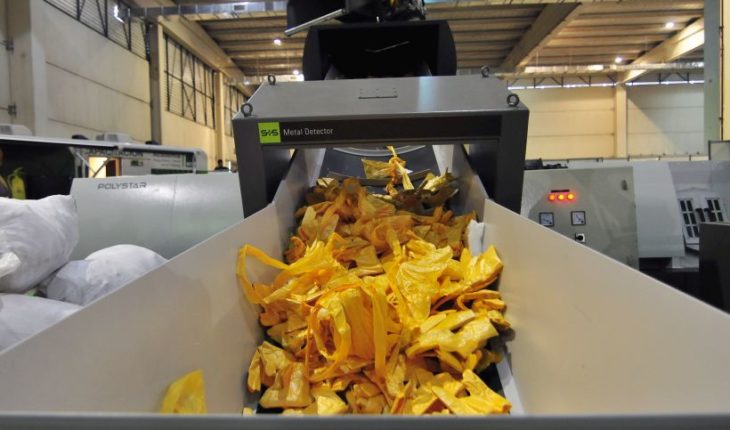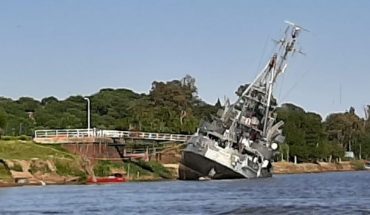a report by the World Wide Fund for nature (WWF, its acronym in English) warning about the future of the production and consumption of plastic, which is a great source of contamin action today that only in 11 years could eventually even doubled. Among the most significant data in the report, called plastic pollution: who is to blame? they are: – 2016 were generated more than 310 million tons of plastic waste, one third of which was in the nature – has fouled more than 270 species and more than 240 have ingested plastic – the amount accumulated in the ocean could double by 2030 and saw AR $ 300 million of tons – expected that the plastic lifecycle CO2 emissions will increase by 50% – emissions from the incineration of plastics could triple by 2030 – high-income countries produce 10 times more waste by authorized na than low income countries – these countries exported between 10 and 25% of these wastes on the basis of this reality, the United Nations Organization for education, science and Cultural Organization (UNESCO), called to modify behaviors and transform attitudes regarding the use of plastic, ensuring that “during the last four decades, the number of this type of waste has increased by 100% in the Pacific, to form what is now known as the”seventh continent”, made of plastic, immense mass of trash that moves by the North Pacific and whose size is equal to one-third of the United States “. This organization is aware of initiatives that have been developed in Latin America and the Caribbean to combat pollution by plastic. One of the countries that put as an example is Chile, which since the beginning of 2019 has implemented a law that prohibits the use of plastic bags at supermarkets, adding the idea of banning the sale of liquids in non-returnable bottles in the municipality of Providencia , Santiago. Around the world have also emerged significant initiatives seeking to decontaminate the planet from plastic. Tran Minh Tien, a Vietnamese businessman, created his company? ng Hut C?, which manufactures sedge grass bulbs, according to Greenmatters, which in addition to being biodegradable are edible. The stem of this herb is hollow, giving a natural shape of bulb, and to provide this functionality, the company harvested grass, wash it and cut it to the size of a light bulb tubes; They then used a rod of iron to clean the hole. These bulbs, its fresh, lasting approximately two weeks provided they are kept refrigerated, and are sold in lots of 100 units wrapped in banana leaves. In its dry state, the process is different, after the final wash exposed to the Sun for four days and then are baked, extending its useful life to about six months. On the other hand, in Chiangmai of Thailand Rimping supermarket also uses banana as wrapper leaves, but in this case they used them to replace the plastic wrapping food.
translated from Spanish: Millions of plastic containers are choking the world
April 11, 2019 |





